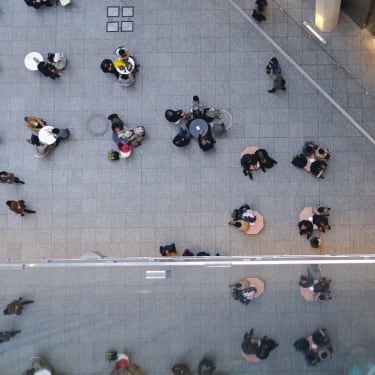Explore More Human Capital Offerings
-
Capability Overview
Health and Benefits
-
Capability Overview
Talent and Rewards
-
Capability Overview
Pensions and Retirement
-
Capability Overview
Human Capital Analytics



















































































































































